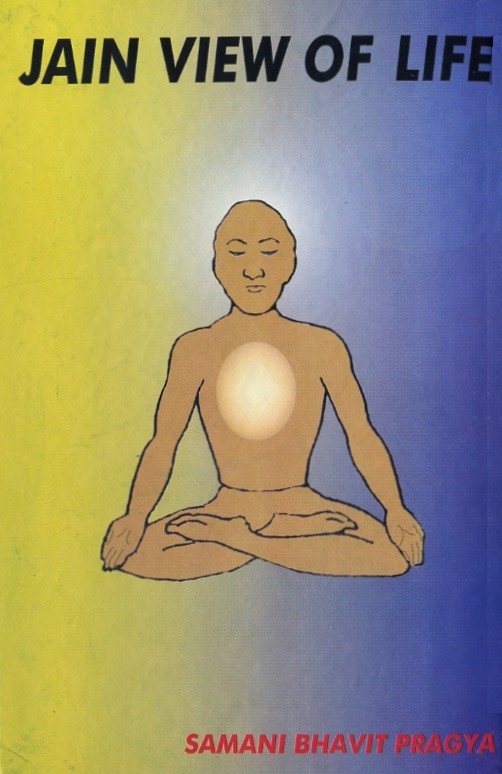Yogasana and Exercise
There is a great difference between yogasana and exercise. Through exercise muscles and some organs of the body becomes conditioned. When a person misses exercise for long periods, muscles become stiff and flabby creating an unsightly appearance. Some other types of exercise athletics, such as boxing, jogging, wrestling, and racing, all of these influence the muscles. In these exercises, there is a rapid movement of the muscles, which results in the rapid functioning of the heart and lungs. In doing these exercises, the practitioner not only becomes exhausted, but also experiences anxiety, psychological problems, tension, fear, etc. Some exercises develop the specific parts of the body such as chest, legs or arms, but these exercises tend to create an unbalanced type of strength, a type of physical lopsidedness. This in turn can create disharmony in the personality, in contrast, yogasana involves the harmonious development of all the muscles, tissues, cells and nerves of the body, including all of the internal organs.
Regular practice of yogasana energizes the mind as well as the body. It rejuvenates fatigued muscles and releases moodiness by elevating endorphin levels. Yogasana is critical for keeping energy levels high and reducing stress. Yoga movements are gentle and rhythmic. All of these qualities conserve energy and promotes lasting results. Another advantage of yoga is that yoga does not require a pool, a bicycle or other equipment. Yogasana requires only a clean, well-ventilated space about ten feet square, whereas swimming, cycling, aerobic exercises require a pool, a bicycle or other equipment.
There are innumerable asanas, but not all of them are really necessary, we will deal here with some asanas which are the most popular and useful in curing ailments and maintaining mental health. Breathing process is also very important with asanas.
(please note that a person who suffers from heart disease should not practice Uttanpadasana, Sarvangasana, Halasana, or any other exercise which requires bending downwards.)
 Samani Bhavit Pragya
Samani Bhavit Pragya
